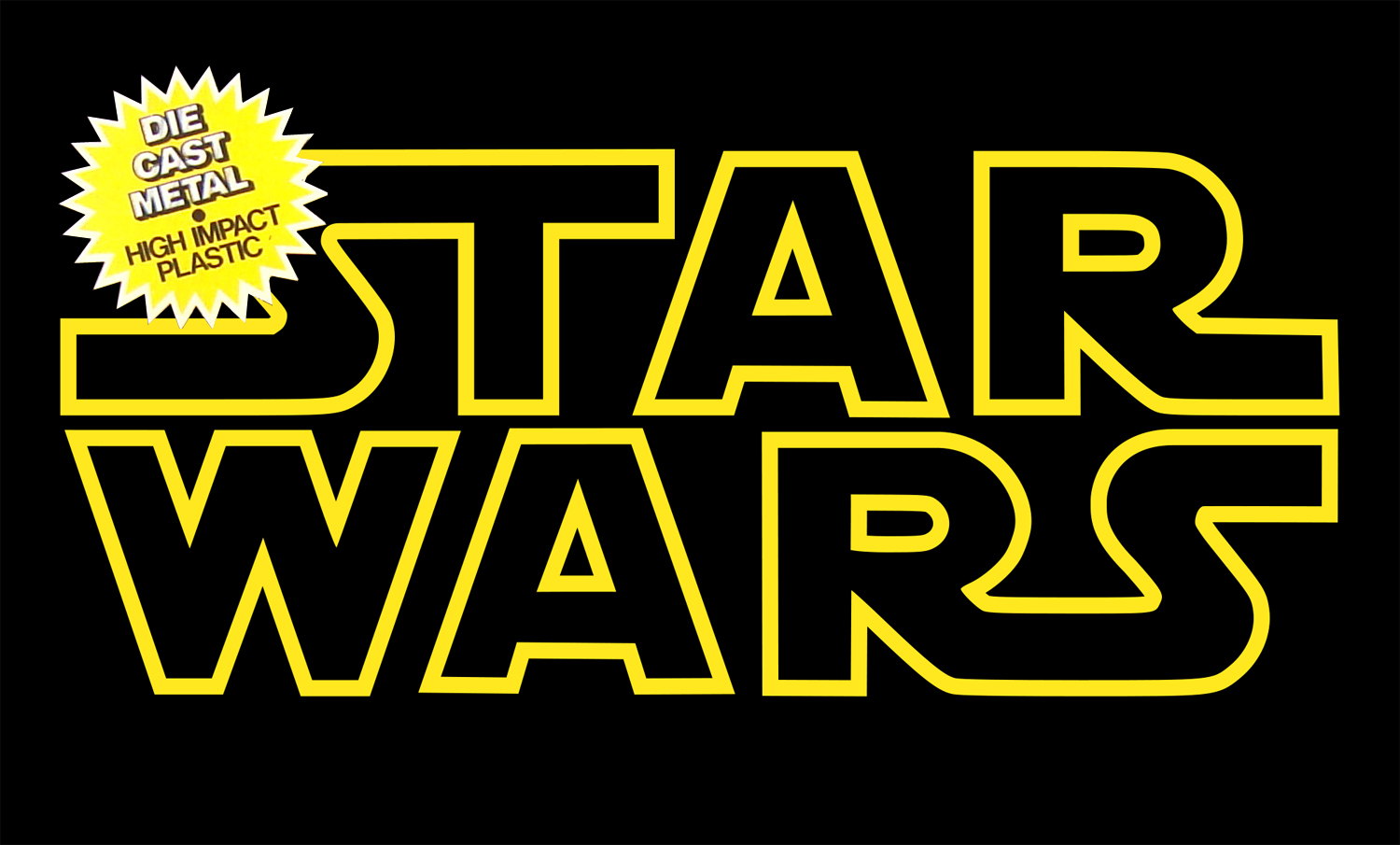The following is an article written for Wessex Archaeology, who were kind enough to let me use their X-Ray machine to see inside a sealed TIE mailer.
Outside of the exciting world of archaeology and Wessex Archaeology I’m a keen collector of vintage toys. One of the items I own is an unassuming sealed plain brown mailer box, with the only distinguishing feature being a series of catalogue numbers on the front. The catalogue numbers identify the item in the box as a toy Star Wars diecast TIE fighter, sold by American catalogue retailer JC Penney in 1978. These die cast Star Wars toys were manufactured by US toy manufacturer Kenner between 1978 and 1982 and sold across the world. The fact that the mailer has survived sealed for 41 years is a real rarity, but it seems a shame that the toy would never be seen.

Luckily for me Wessex Archaeology has an in-house X-ray machine operated by expert conservator Lynn Wootten. X-radiography is used in archaeology as a non-destructive method to identify and interpret finds recovered from our work in the field, or material sent to us by other archaeological companies. The X-raying of corroded metalwork, amorphous ferrous or copper alloy blobs may reveal tools, jewellery or weapons, and assist us in interpreting our sites.
Although Wessex Archaeology regularly works on post-war industrial complexes, it is rare that Lynn is asked to X-ray material from the late 1970s - least of all material with a code identifying the nature of what lies within. However, with George Lucas’ Star Wars having celebrated its 40th anniversary a couple of years before Wessex Archaeology’s 40th birthday, the history of its pre-digital toy production, marketing and sales will soon become a distant memory. Furthermore, the make of X-ray machine used by Wessex Archaeology is a Faxitron, a type originally used to scan suspicious packages in Post Offices and banks – so perfectly suited to examining a mailer box!
Assuming that the correct toy had been placed in the box, what information could be gleaned from X-rays of the contents? In this instance the first incarnation of the toy TIE Fighters were poorly designed and the wings were often loose. The toys were subsequently redesigned with an additional peg. The mailer boxes also went through a design change, with the addition of the following text ‘STAR WAR (sic) DIE CAST TIE FIGHTER’ – Kenner’s QA process left a lot to be desired in the 1970s. The question was, did the early release mailer box contain the early design toy?
 TIE mailer ready for X-raying
TIE mailer ready for X-raying
The results were impressive. The lack of a peg on the diecast TIE body clearly shows that the toy was the first issue from 1978, the detail on the plastic wings showed up very clearly and the rectangular catalogue placed in the box with the toy can be seen in front of the wings. Many thanks to Lynn and her X-ray machine for their help making these discoveries. Do get in touch with Wessex Archaeology if you have any archaeological material (modern or ancient) for X-raying, and they’ll be happy to get back to you with a cost and timings.


